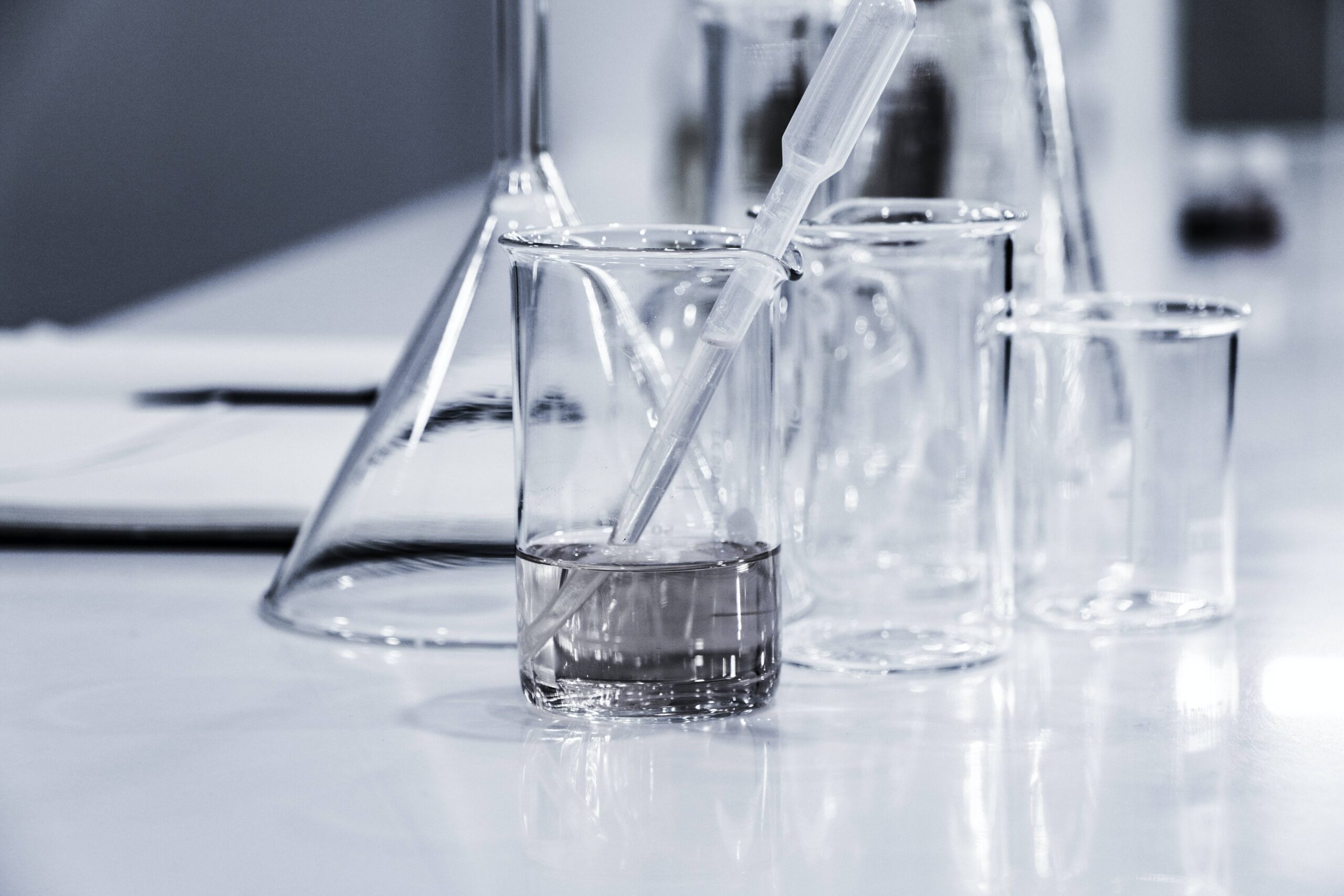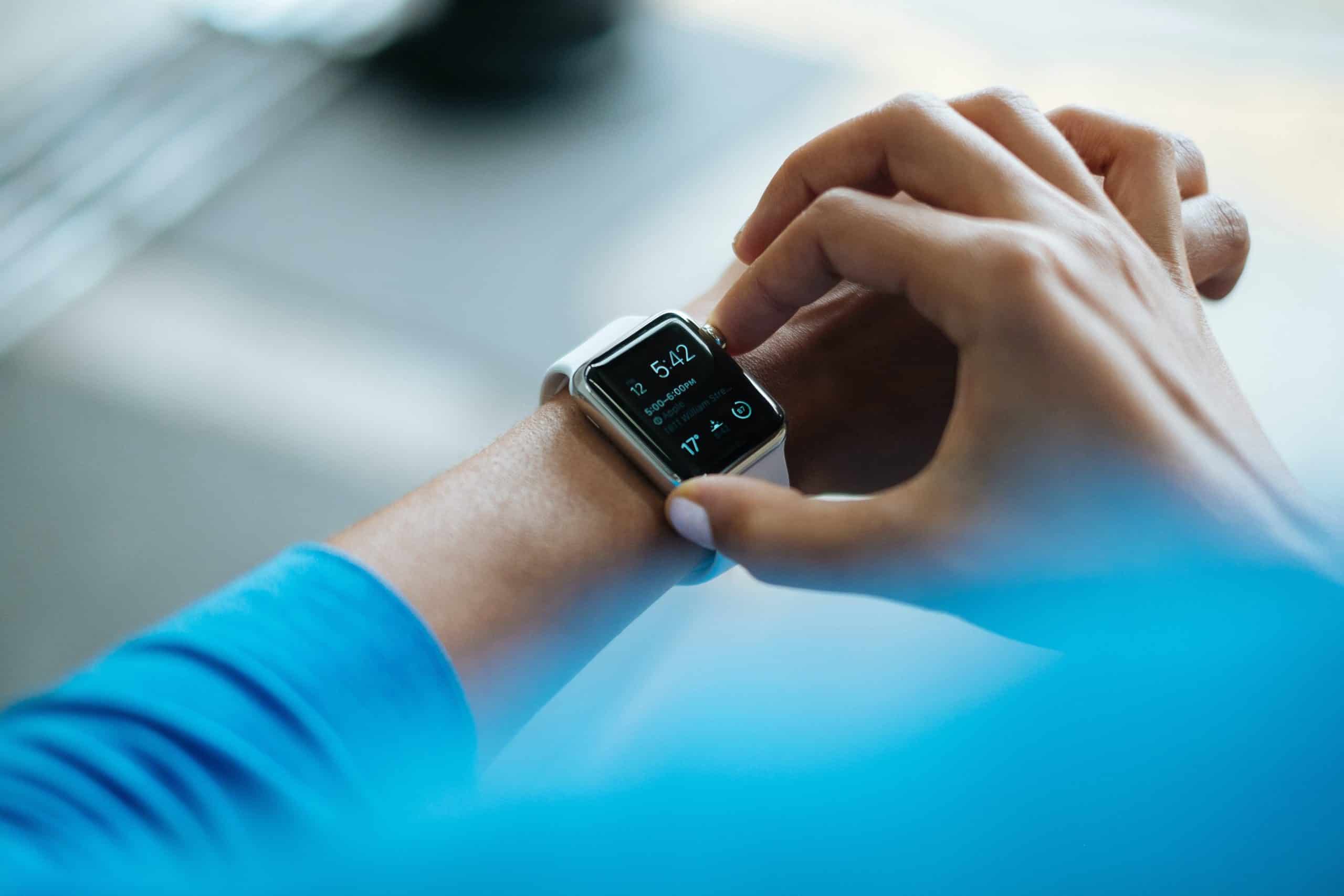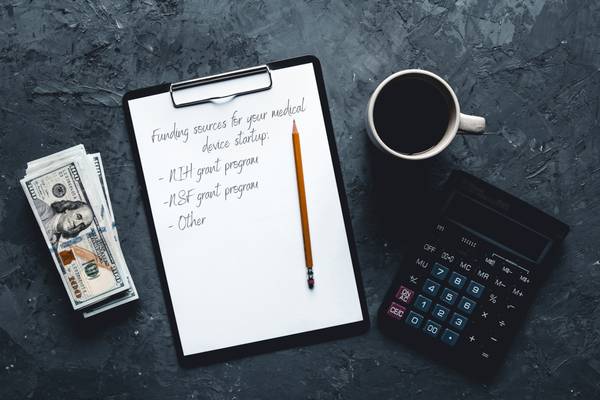FDA 510(k) and Pathways to Market for New Medical Devices
Are you developing a medical device for the US market?
If so, a significant part of your journey is dealing with the regulatory environment. Your FDA pathway to market depends on the type of device you are building and its relative level of risk. That designation may not be a black and white decision though, it’s up to medical device manufacturers to decide upon a regulatory strategy and prove to the FDA why it’s the appropriate choice.
With that said, the typical pathways of getting a device to market in the US include the 510(k), PMA, and De Novo. Here, we’re taking a look at each to help you determine which might be the right regulatory process and option for you:
FDA medical device classifications
One of the first things to know is that your pathway and the rules that apply hinge upon the risk classification of your medical device. The FDA uses three classifications that generally correspond to the risk profile of the medical device. Those are:
Class I Medical Devices
These are generally considered the lowest risk devices. These are usually simple devices, subject to general regulatory controls, but without a premarket notification, submission required. Examples of Class I medical devices include thermometers or bandages.
Class II Medical Devices
These devices represent a moderate level of risk and require what’s called a 510(k) submission. Moderate-risk devices typically have key roles to play in healthcare, but a malfunction is unlikely to cause critical harm. Something like a pregnancy test kit would fall under this category. Class II devices usually need to be shown to be comparable to a predicate device; otherwise, the company will need to complete a De Novo submission before the device can be legally marketed. Examples of Class II medical devices include a range of sleep medical devices.
Class III Medical Devices
These are the highest risk devices, such as those which are implanted into humans or those that sustain life. Problems or malfunctions could lead to critical patient harm or death. All new Class III devices require pre-market approval (PMA). Examples of Class III medical devices include pacemakers and defibrillators; these are subjected to a much more rigorous review process.
Determining your device classification early in the process is important because it helps you to define and plan what you must do before you can bring your product to market. This will be key in your product development process and support your planning of the timeline and budget needed to bring your device to market.
FDA 510(k) Medical Device Clearance
The 510(k) pathway is based on providing the FDA with documented evidence that your medical device is substantially equivalent to a predicate (or more than one predicate) device that is already on the market.
“Substantial equivalence” is a key definition to grasp as a large number of rejected 510(k) applications occur due to failure to demonstrate substantial equivalence to a predicate device.
Does the device have to be exactly the same? No, here’s how the FDA defines it:
“The legally marketed device(s) to which equivalence is drawn is known as the predicate device(s). A claim of substantial equivalence does not mean the device(s) must be identical. Substantial equivalence is established with respect to intended use, design, energy used or delivered, materials, performance, safety, effectiveness, labeling, biocompatibility, standards, and other applicable characteristics.”
The 510(k) submission is still reasonably meaty with multiple key sections required. You will generally still have to perform laboratory testing, although human testing isn’t usually required within the current regulatory framework.
Once you submit your 510(k) to the FDA, you can usually expect to receive a response within 30-90 days. This process could be stretched out if you miss anything or if the FDA has a lot of questions about parts of your submission.
PMA (Pre-Market Authorization) submission
The PMA is the most stringent, heftiest of all the device marketing applications. It takes longer to get a response from the FDA (up to 180 days) and costs more to submit than a 510(k). The standards for PMA are higher than 510(k) and you may be required to take this pathway if you can’t prove substantial equivalence. (This is one reason it’s important to document all of your evidence well, especially if you’re hoping 510(k) will be your route.)
PMA applies to Class III medical devices, which are determined through the FDA’s product classification database. If your device doesn’t have a product code found in the database, the FDA notes:
“If the device is a high-risk device (supports or sustains human life, is of substantial importance in preventing impairment of human health, or presents a potential, unreasonable risk of illness or injury) and has been found to be not substantially equivalent (NSE) to a Class I, II, or III [Class III requiring 510(k)] device, then the device must have an approved PMA before marketing in the U.S.”
A PMA application covers a number of technical sections which are usually divided into non-clinical laboratory studies and clinical investigations. PMA also usually requires facility inspection to confirm compliance to 21 CFR 820 prior to approval.
The FDA De Novo pathway
The De Novo Pathway was added a few years ago to allow an alternative for new or novel devices that are of low to moderate risk but don’t have a predicate device — and therefore don’t qualify for 510(k).
De Novo is less stringent than a PMA, which is what these devices would have fallen under previously. When a De Novo submission is successfully reviewed by the FDA, they will create a device classification and write any regulations they deem necessary. They will also identify any special controls that must be in place for future premarket submission of substantially equivalent devices. (And yes, once your device has gone through this or 510(k) successfully, you could be providing competitors with a predicate.)
You could choose to take the De Novo pathway immediately if you’re sure your device is Class I or II and doesn’t have a predicate, or, this might be your option if you submit a 510(k) and a finding of NSE (not substantially equivalent) is made.
FDA Pre-submissions
Pre-submissions are a service that falls under the FDA’s Q-Submission program. Their purpose is for manufacturers to communicate with the FDA ahead of making a premarket submission in order to seek feedback on specific questions. It’s a good opportunity to obtain information prior to making a submission and, in many cases, can clear up issues and save you time. Of note is that FDA pre-submission doesn’t apply for:
- General FDA policies or procedures
- Simple review clarification questions that can be readily answered by FDA staff
- Discussion of issues identified while a submission is under active FDA review
- Appeal meetings
Pre-submissions are especially recommended if you have a device that doesn’t fall under a clear regulatory pathway, if you’re planning studies or if you need to gain insights into potential hurdles in the way of your clearance.
Don’t expect the FDA to do your work for you. Come prepared with specific questions that you want to be answered.
Which pathway is right for you?
That’s the million-dollar question. Determining your pathway starts with establishing your device classification based on the device type, but there’s more to it than that.
Regulatory as a strategic opportunity can also be something to consider. For example, if you take the slightly easier 510(k) or De Novo pathways, you also open your device up to be a predicate for someone else. PMA is costlier and more involved, but your device can’t be a predicate under the FDA’s requirements.
On the other hand, if you’re a startup running short on time and budget, 510(k) might be your preferred choice of regulatory strategy, at least for a first device. Your goal might be to get it out there and turn over revenue sooner.
If you’re unsure about which way to go, a valuable step can be to hire an experienced medical device regulatory consultant. Also, working with manufacturing and technology partners who are knowledgeable about the FDA approval process and requirements can be of significant help.
How to approach satisfying each U.S. regulatory requirement for medical devices is going to differ from company to company, so it’s important to carefully evaluate to determine the best regulatory strategy when bringing your device to market.
Whichever path you go down, we wish you every success for a safe, effective device and smooth entry to the market.








